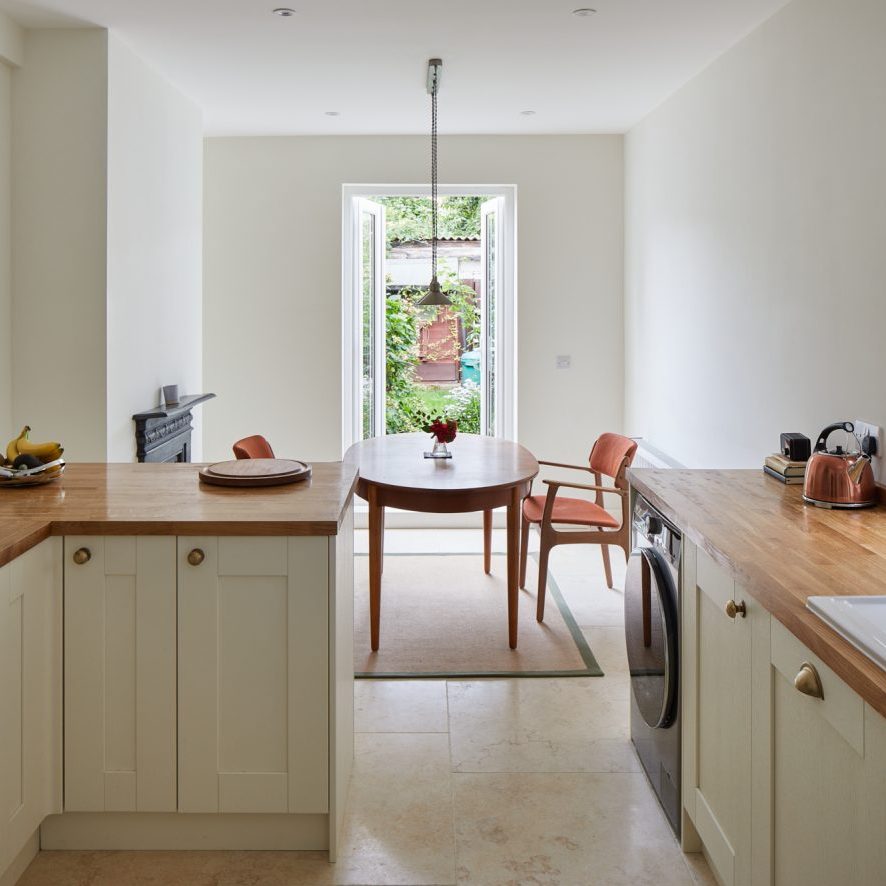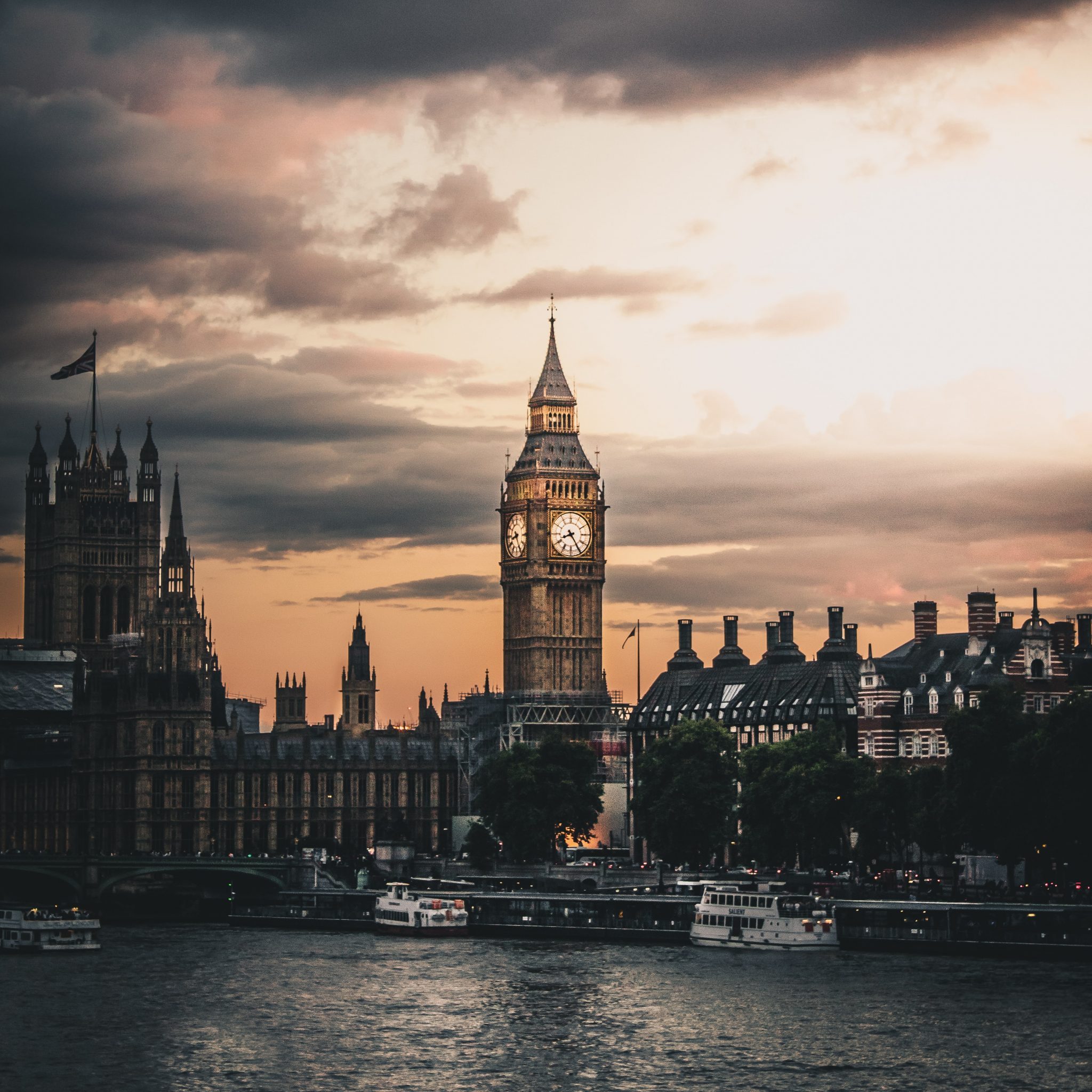Revamping Historic Homes: Architectural Challenges and Triumphs
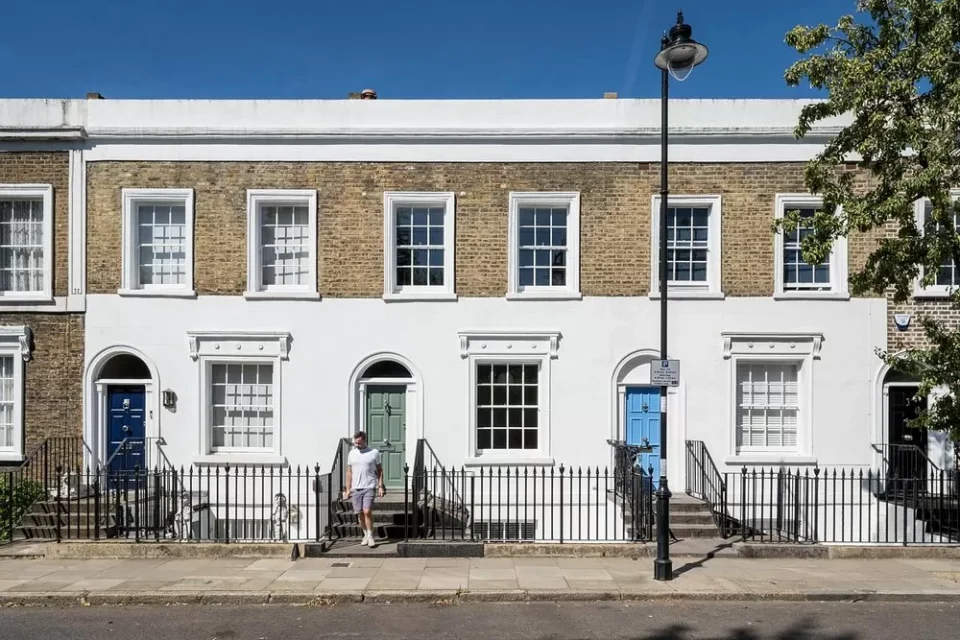
There’s a certain allure in restoring historic homes, bridging the past’s grandeur with today’s innovative designs. As architects, we’re entrusted with preserving the narrative of these structures while infusing them with modern life. This delicate dance of the old with the new presents both unique challenges and remarkable triumphs.
The Beauty and Complexity of Working with Historic Buildings
London’s architectural tapestry is rich with history. Each historic home carries an age-old legacy, embedded in its bricks, timbers, and ornate facades. When one embarks on the journey to revamp such properties, they aren’t merely renovating a structure; they’re revitalising a piece of London’s storied past. However, this privilege comes with its complexities.
For instance, the architectural integrity of historic homes must be upheld. This means understanding and respecting the original design elements, materials, and craftsmanship. Using the right materials that match the original era, ensuring the safety of the structure, and making certain that any modern additions don’t overshadow the historic essence are essential.
Legal Considerations and Permissions
- Listed Building Consent: Before altering a listed building in any way, obtaining Listed Building Consent is paramount. This ensures that the historical and architectural significance of the structure remains unharmed. Historic England is the public body that helps people care for, enjoy and celebrate England’s spectacular historic environment. They provide a database of all the heritage assets throughout England with the descriptions of what specific parts of the structures are listed. This enables architects and homeowners to understand the elements that need to be protected and/or preserved as part of a renovation or extension project.
- Planning Permissions: Depending on the scale and nature of the renovation, planning permissions might be needed. Especially if the alterations affect the external appearance or extend beyond the current structure. To find out more about the type of permission you would need visit the Governments planning portal database which provides details of the legislation relating to home renovation and extension projects.
- Conservation Area Restrictions: Homes within designated conservation areas have additional rules. These often relate to external works, including demolitions, cladding, or even the installation of satellite dishes. Every local authority in England and Wales will have a section of their website dedicated to conservations areas. These may include maps and/or details of the appraisal, characterising the nature of the conservation area and the reason for its protection.
- Specialist Surveys: Historic homes might necessitate specific surveys, like a historical building survey or a timber decay survey, to identify and address potential issues.
It’s crucial to collaborate with an architect well-versed in listed building regulations. They will guide you seamlessly through the intricacies of permissions and ensure that the design remains compliant.
Stories of Transformed Historic Homes in London
One of our most rewarding projects involved a Victorian-era flat, set within a townhouse in Islington. Its majestic exterior boasted intricate brickwork and large bay windows. However, decades had taken their toll, and its interiors needed rejuvenation. Furthermore an unsightly extension was added to the rear of the property in the 70’s which was in a severe state of disrepair.
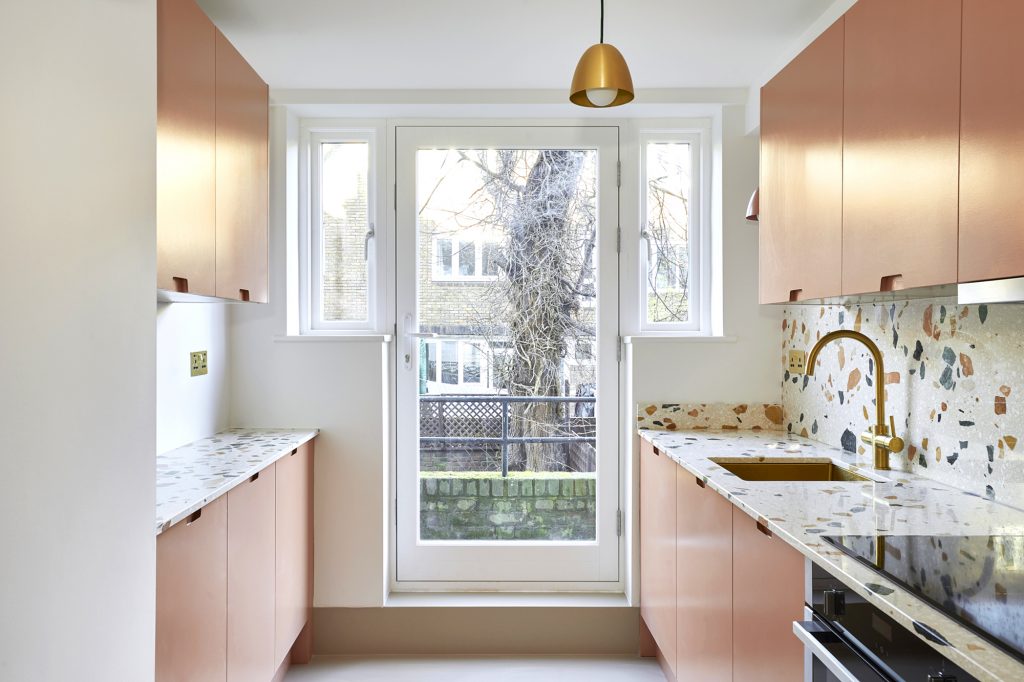
Our challenge was to modernise the interiors without diluting the historic charisma. By restoring original fireplaces, utilising period-appropriate colour palettes, and introducing contemporary lighting and fixtures, we struck a balance between old-world charm and modern luxury.
Another standout project was a Georgian home in Westminster. Here, we faced the task of integrating modern amenities like underfloor heating, a loft conversion and a rear extension, without disrupting the building’s historic core. By using concealed technologies and materials sympathetic to the Georgian era, we enhanced liveability while paying homage to its storied past.
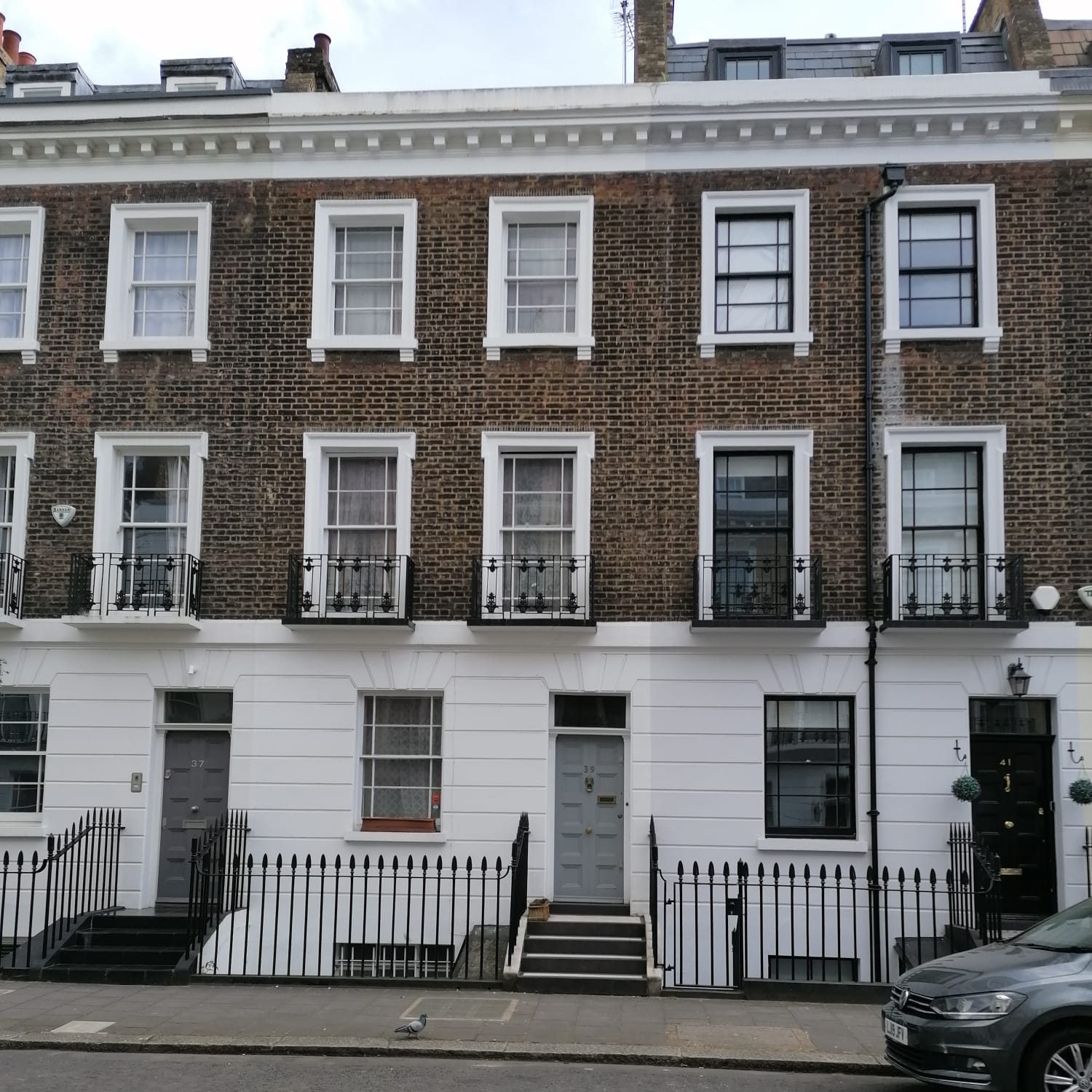
In each story, the common thread was respect for history. While the challenges were manifold – from sourcing era-specific materials to navigating legal permissions – the results, homes that stood as testaments to both their historic roots and contemporary spirit, were profoundly rewarding.
In conclusion, revamping historic homes in London is a task that marries architectural skill with a deep reverence for history. With careful planning, adherence to regulations, and a keen understanding of the building’s original spirit, it’s possible to breathe new life into these iconic structures, ensuring they continue to stand tall and tell their stories for generations to come.

